Hidden Gems of Game Design Volume 20
Unearthing gems with Psycutlery, Patapon, Fate, and Picayune Dreams
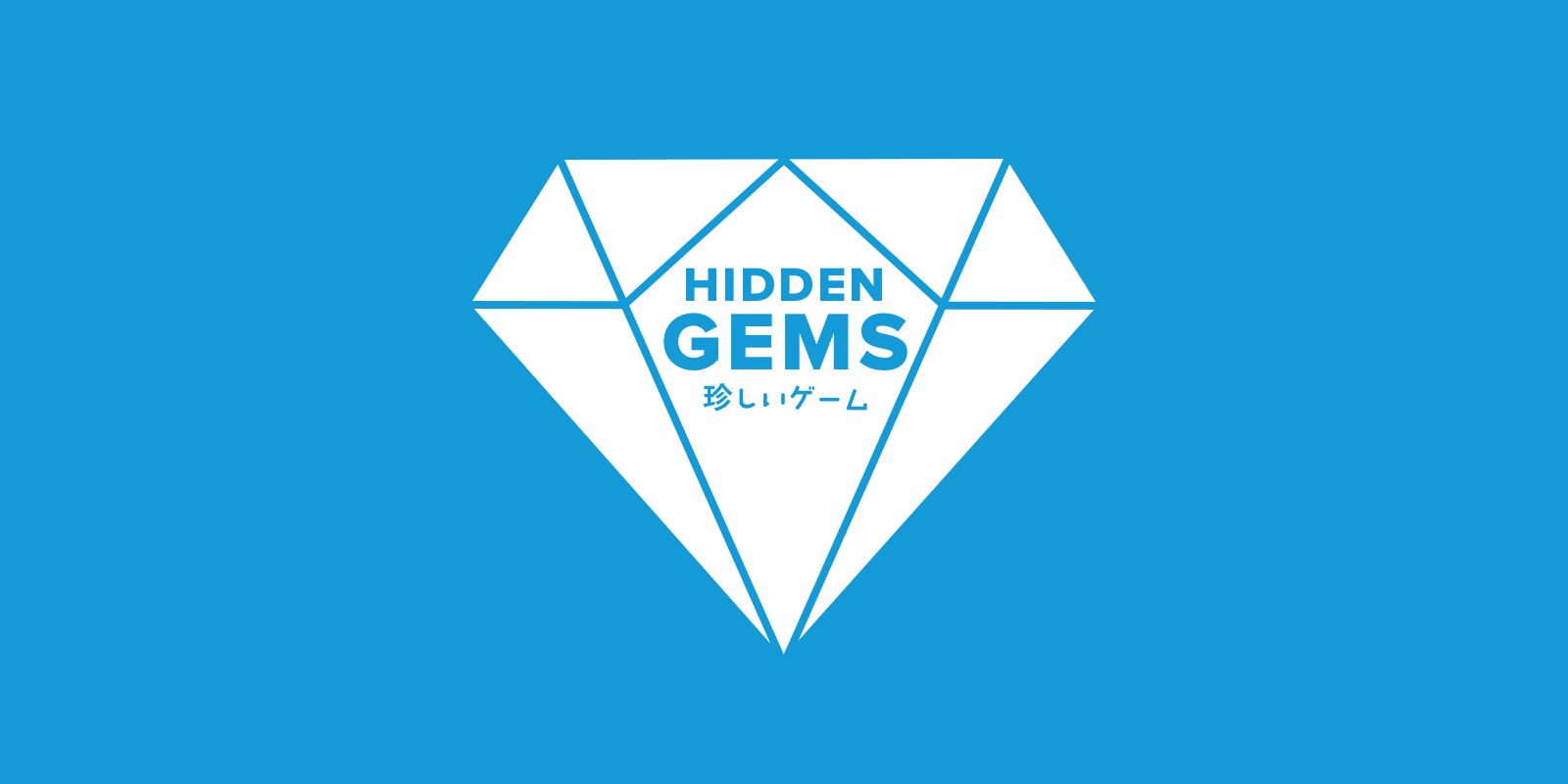
There are plenty of amazing games that go unnoticed and are not played widely, for one reason or another. Maybe it's a diamond in the rough, or the marketing wasn't there, or it could be a game ahead of its time. For this monthly series, I've asked my fellow writers on SUPERJUMP to pick a game they think is deserving of a chance in the spotlight. Let us know your favorite hidden gems in the comments.
Josh Bycer
Psycutlery (2024)
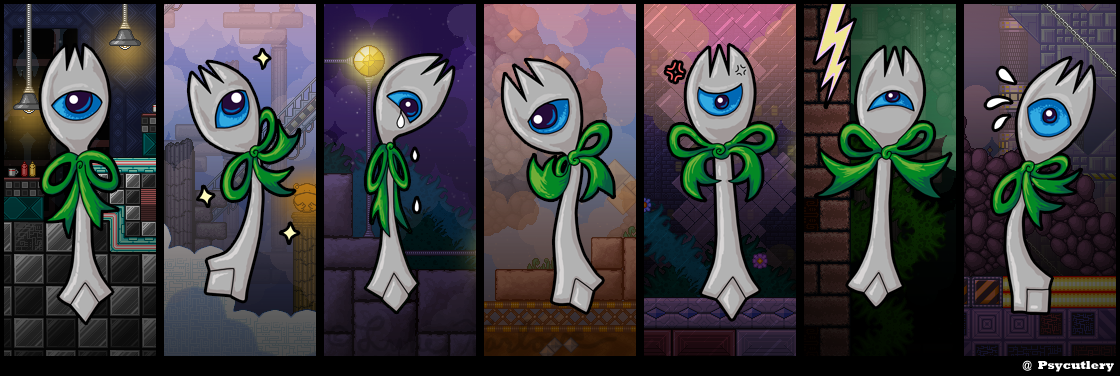
We have a very new entry for the list, as my game this month is not going to show up on Steam or a major store page anytime soon. Psycutlery is a long-time passion project that was finally released, completely free, on the developer’s itch.io page. This is an original 2D platformer made out of passion, a love for platformers… and a love of frogs.
You play as a psychic teen girl who, to harness her powers at the moment, uses a psychic-enhanced spork (that’s us). Her mission is to complete her training, help her twin/evil twin/lawyer sister, and perhaps save the galaxy from a mysterious evil force. The twist of Psycutlery is that every level introduces and uses one unique mechanic/environmental obstacle that is then not repeated for any other levels. Using your spork, you can attack enemies and pick up defeated enemies and random objects to fling at other enemies. If you need help, there are shops where you can buy power-ups and new cosmetics for your spork. Hidden in every stage are three collectibles that if you find them unlock a harder variant of that stage – often introducing mechanics or hazards that won’t appear in the main route for several more levels. Beating them will simply unlock doodles created by the developer of the various characters and areas.

In terms of difficulty, Psycutlery is not the hardest platformer out there; you can adjust the number of health points you start a level with, but all told, if you have any experience with 2D platforming, you should be fine here. While the game won't redefine what platformers are, for a free title, there is a ton of love and great design here. Every level features a different mechanic/rule to keep things fresh, and there are always the advanced levels if you want more of a challenge. If you are interested in 2D platforming and looking for one for the whole family at the lowest price available, then you should check out Psycutlery.
Andrew Johnston
Patapon (2007)
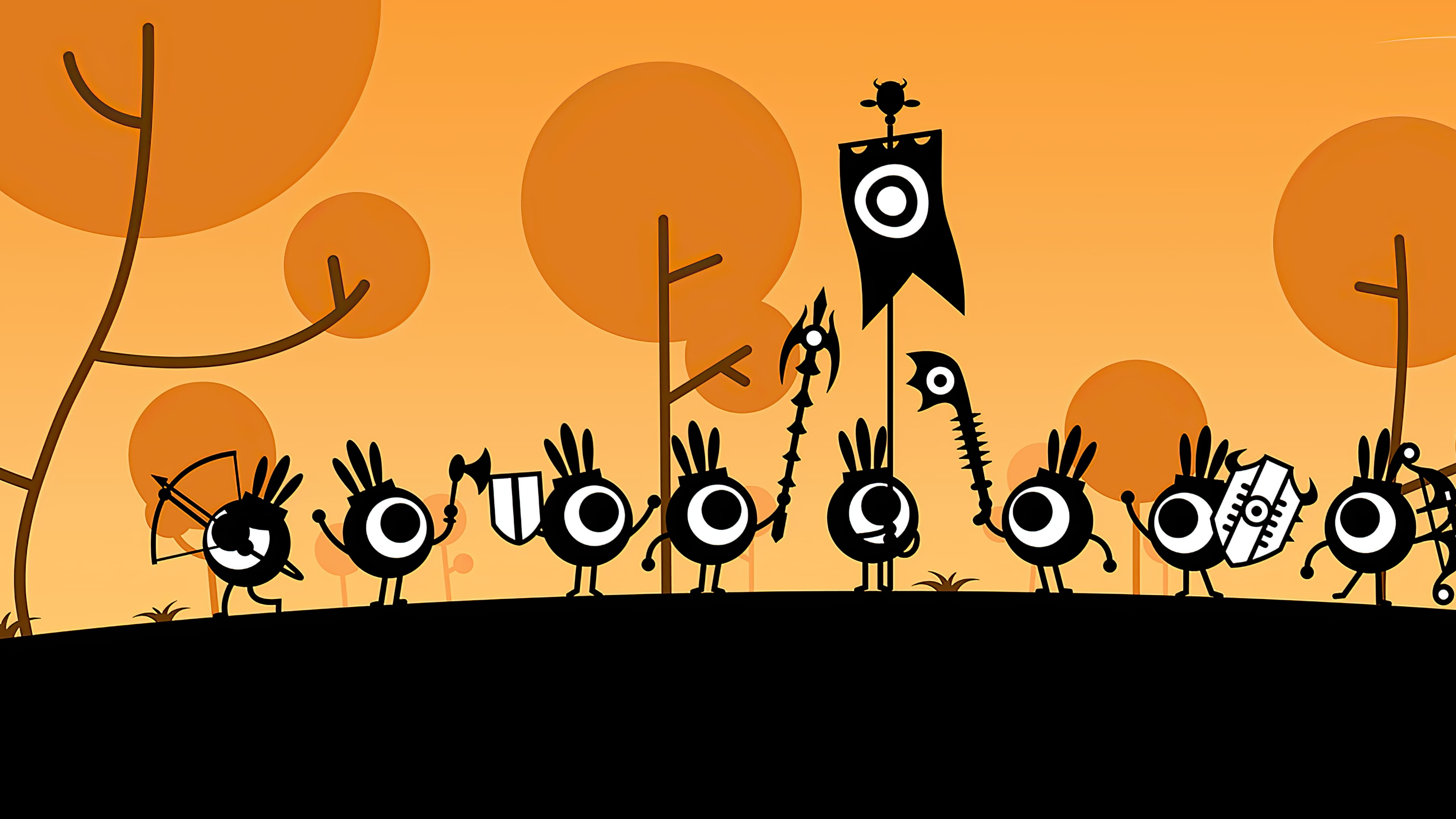
The rhythm games trend of the 2000s produced some interesting mutations. While the best-remembered rhythm games are those meant to simulate dancing or performing, there were others that transplanted the same mechanics into new genres. Among those was Patapon, a rhythm-based RTS that is almost impossibly charming.
The Patapons are a tribe of diminutive humanoids with massive eyeballs. One day, they receive a quest from their deity: They are to travel to the end of the earth, find a strange and mystical object only known as "IT", and gaze upon its sacred splendor. They soon encounter resistance from a rival tribe known as the Zigotons, who are determined to stop the Patapons for reasons known only to them. Thus begins a war between the two tribes that, unknown to the Patapons, concerns the future of the entire realm.
The player does not control the Patapons directly but assigns them commands using a set of mystical drums. There are four drums - pon, pata, chaka, and don - each of which is tied to one of the face buttons. Striking the drums in the right order will cause the Patapons to advance, attack, retreat, or perform more specialized maneuvers. Precision is important, as keeping the rhythm perfect (typically to a marching rhythm) empowers the Patapons.
Patapon greatly simplifies the strategic elements, but there's still room for customization. The player unlocks new types of Patapon as the game proceeds, including some with special attacks that require mastery of the command system to use properly. There's also a range of equipment for the Patapons as well as powered-up versions of the standard units, but all of this is still subordinate to the gameplay.
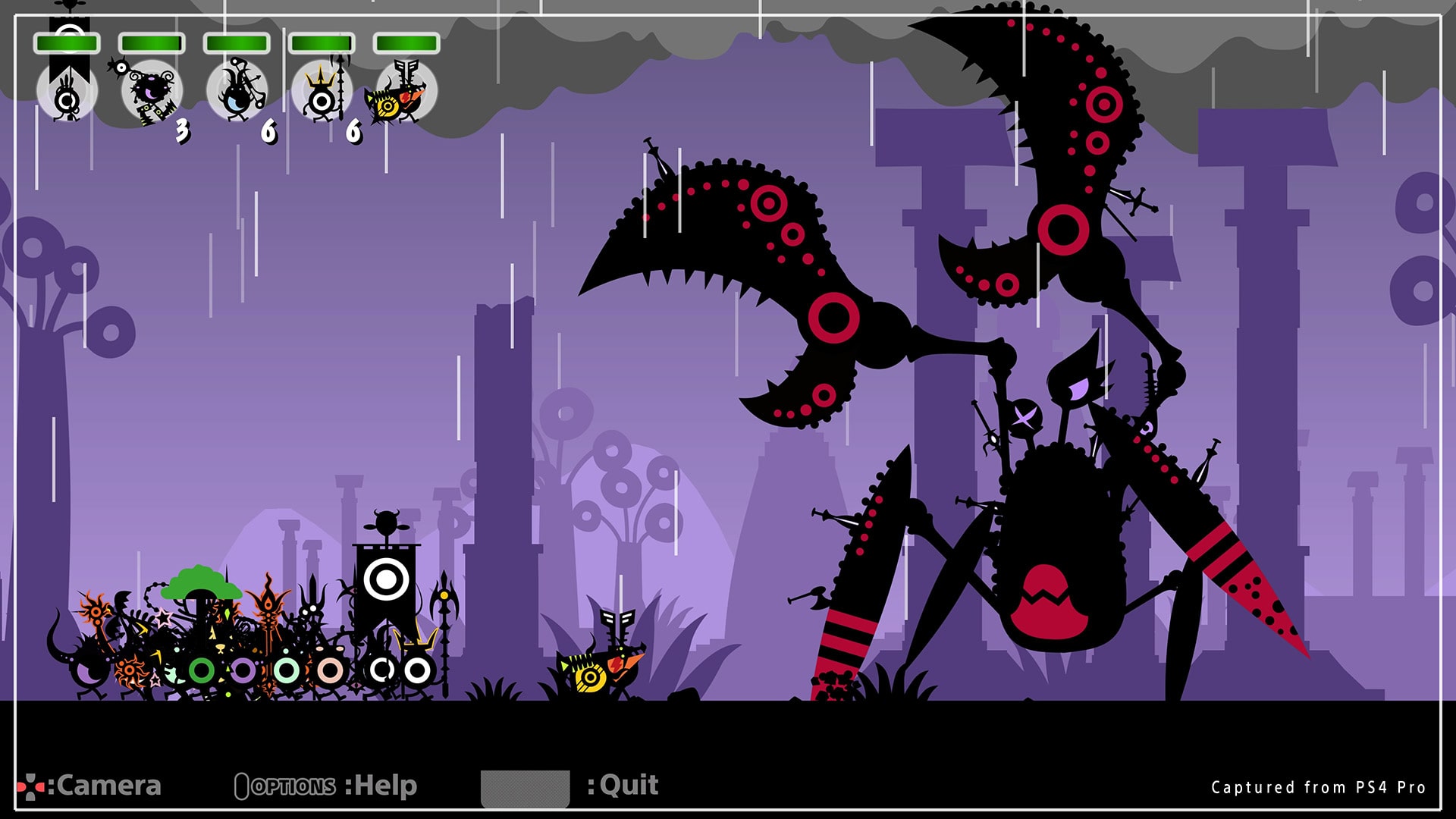
As engaging as that gameplay can be, it's the aesthetics that make Patapon so memorable. The graphics are extremely simple, with high-contrast art that makes the black-and-white Patapons stand out against the stylized backgrounds. As with any rhythm game, sound design is paramount, and this is where the magic of Patapon is realized. The Patapons chant and sing in time with the drums and their little sounds are downright enchanting.
Patapon was fairly successful, perhaps surprisingly so, especially given that it was a PSP game with an original IP. It was popular enough to net two sequels that continued the Patapons' quest to find "IT". The first two Patapon games also received an upgraded PS4 re-release. Patapon was also very influential among developers, leading to a number of other attempts to wed rhythm and strategy. We're even getting a new game based directly on Patapon - Ratatan, which recently surpassed its fundraising goal.
Antony Terence
Fate (2005)

Decades of iterations have only strengthened the bite of the dungeon-crawler genre. With Diablo 4 hopping between exciting and frustrating seasons, I figured I’d write about my first dungeon crawler from 2005, one inspired by Diablo and Nethack. My dad’s ancient HP laptop with a built-in media remote (yes, the one from MKBHD’s first review) came with a games portal called WildTangent Games. Sure, it was bloatware, but its free tokens introduced me to Fate.
Fate doesn’t have much of a story outside of some static images and scrolling text. The narrator is fantastic though, and will read out most text you encounter. Character customization is basic and you get to pick a pet who can transform mid-battle with the right gear. Walk into a town, meet some NPCs, and hit the dungeon.
In a twist that’s equal parts intriguing and jarring, every dungeon is procedurally generated, even the final boss of the entire game and which dungeon level they occupy. This leans into the game’s inheritance mechanic, one that passes an item as an heirloom with buffed stats to the next playthrough on beating the game. Even the side quests given by vendors in town are randomized. But despite its potentially infinite replayability, Fate’s vibrant world is let down by its repetitive gameplay. So much for heirlooms handed over on playthroughs, then.
Ironically, Fate’s endless dungeon system lacks depth. The randomized stages themselves pick from a small palette of four or five visual styles. Watching uncovered areas appear on the minimap kept me going, though. While there’s a decent variety of enemies and beasts to fight, most hero builds will have you rapidly left-clicking outside the occasional spell. Fair, that sounds like most dungeon crawlers but Fate amplifies this genre-standard pain point. And in true dungeon crawler fashion, leveling up your character and pet gives you skill points to socket into weapons and magic. None of them break out of the fantasy cookie-cutter mold.
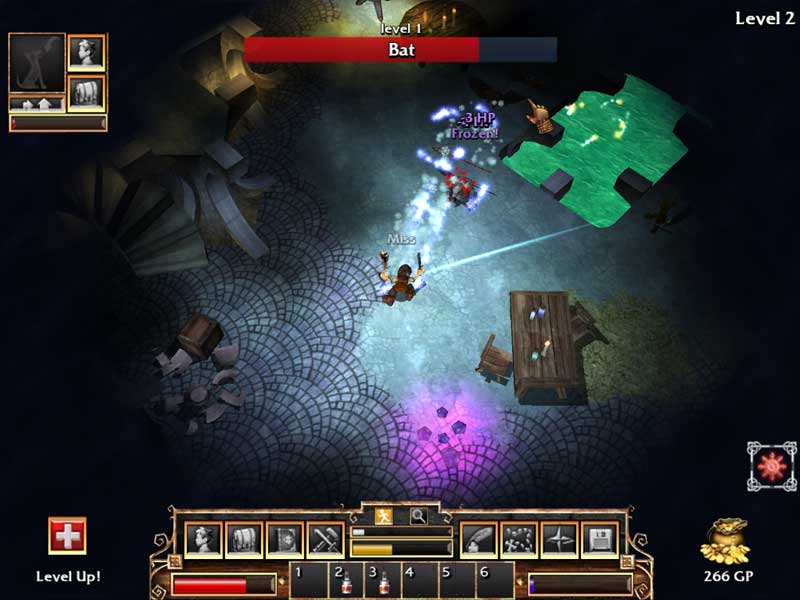
But despite its monotonous combat, some of Fate’s mechanics are ones more games should adopt. Its vivid world and simple controls meant I picked it up instantly as a kid. I grew fond of my noisy pet as it shape-shifted in battle or returned to town with my items to sell them. If an enemy casts a spell or sweeps you off your feet with a sword, chances are that they drop these tools on death. This made Fate feel fair back when I didn’t know it was all randomly generated. Fate also has a peaceful fishing mini-game that lets you reel in game-altering items. Feed your pet the right fish and poof, they’re now a dragon. Fishing felt like a slot machine but it served as a short respite between periods of intense clicking.
Clicking enemies to death and grabbing loot has been a staple of gaming for decades. Franchises like Diablo built on this foundation with memorable characters, shiny loot, and bespoke bosses. None of those pillars are present here. And while Fate caters to a young audience, its minor innovations don’t redeem its bland combat. There’s not enough depth to its randomized approach. It’s a cautionary tale for game studios and publishers that flirt with the idea of AI-generated content. Despite its flaws, the time I spent in Fate was great value for a free WildTangent Games token.
Lucas Di Quinzio
Picayune Dreams (2023)

I am a real sucker for the Vampire Survivors-like action roguelike formula. It’s an easy kind of game to pick up at the end of the day, relax and watch the carnage unfold once you’ve made the right strategic moves. It helps that they are often cheap and have that 20-30-minute gameplay loop, with a meta-progression layer that always gets me to play a roguelike for longer. It’s quickly become a crowded genre, so developers do need something to help them stand out. Picayune Dreams, developed by Milkypossum, Stepford, and Andyland, immediately sets itself apart with a striking art style. It’s a mishmash of pre-rendered enemies, bright bullets, and neon green numbers that you collect for experience points. Throw in the rather excellent breakbeat soundtrack, and it’s a chaotic mix that lends itself well to the screen-filling mayhem that is the signature of this brand of action roguelikes.
Your armoury comes in the form of body modifications such as laser eyes, homing parasites, spinning blades, and slime spikes. The main meta progression involves unlocking more of these weapons, as well as upgrading a skill tree. For each part of your run, you choose one of four areas, some harder than others, and you need to survive in the area for about five minutes before you face a boss. These fights are more in the classic bullet hell style - you need to deal damage while avoiding huge swathes of bullets.
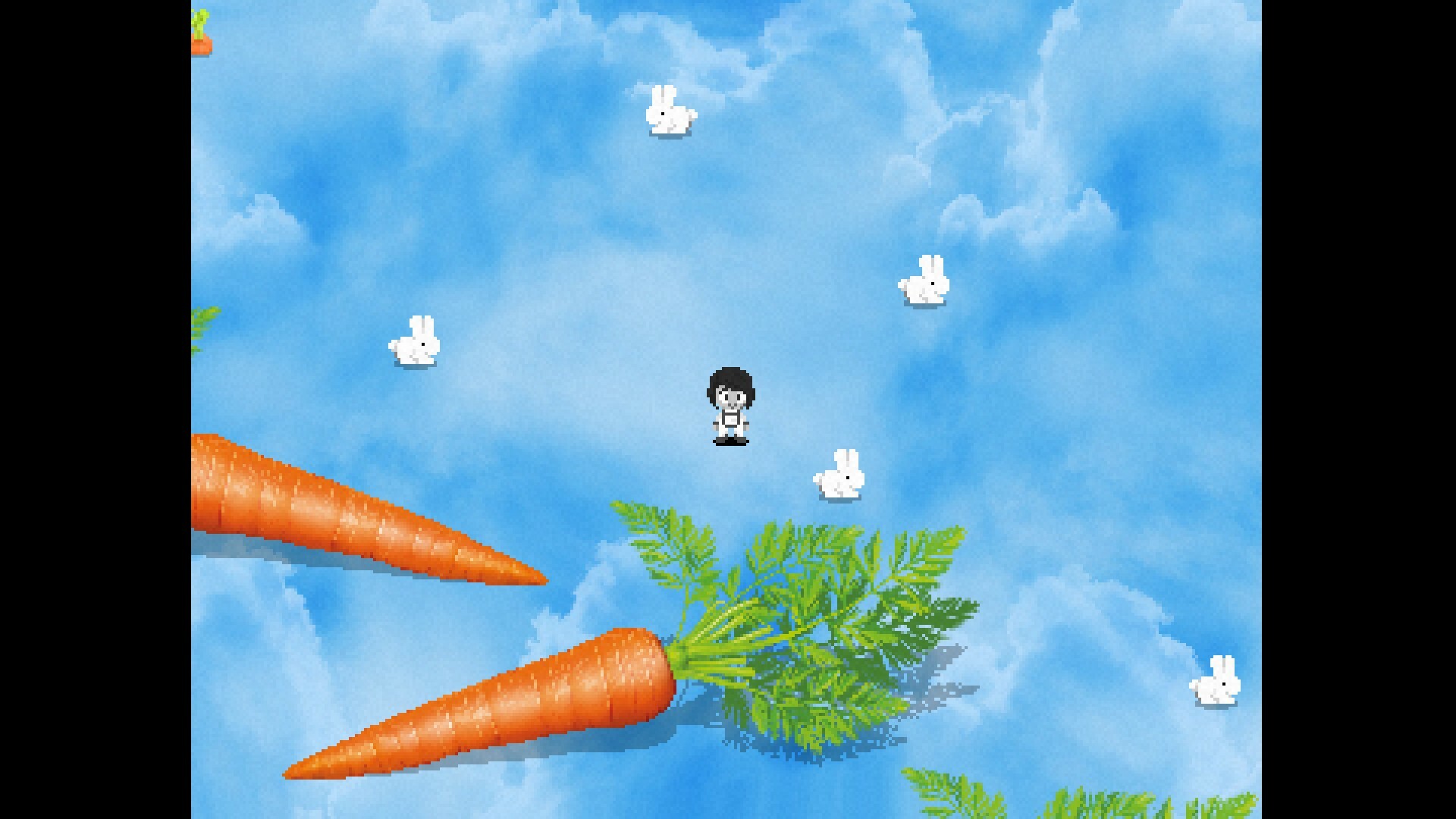
They make for a good change of pace, though you do face the same bosses each time. There is a reason for this since Picayune Dreams has a narrative that plays out as you progress further into a run. Upon beating a boss for the first time, you will be able to play out a story section that takes the form of a Yume Nikki-esque surreal horror vignette. It’s a bleak narrative but is engaging enough to provide an extra layer in what is already a great addition to this burgeoning subgenre.


